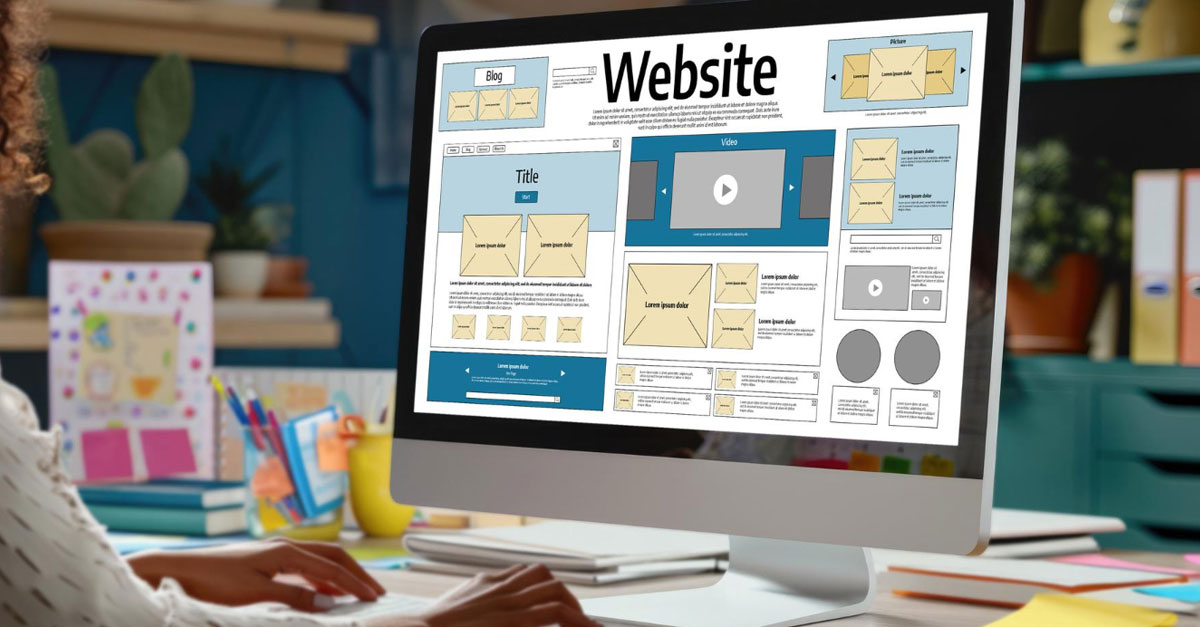Let’s be real: users don’t come to your website to admire your color palette.
They come to solve a problem. Learn something. Compare prices. Buy. And they want that experience to be fast, easy, and frictionless.
That’s what User Experience (UX) is all about – removing obstacles and guiding people to what they need without making them think twice. Yet too many businesses focus on visuals and forget the visitor.
The truth? A pretty website that’s hard to use is like a luxury car with a broken steering wheel.
Here’s how to optimize your web design for better UX – and why now’s the time to hire a dedicated website designer if you’re serious about turning browsers into buyers.
Start With Speed or Lose the Sale
If your website takes more than three seconds to load, 40% of visitors are gone. Gone where? To your competitors of course! Slow speed is UX’s silent killer. It affects bounce rate, SEO, and your bottom line – all before your user even sees your homepage.
Fix it fast:
- Compress every image. No exceptions.
- Minify CSS and JavaScript.
- Use next-gen hosting and CDN services.
- Eliminate pop-up clutter and unnecessary plugins.
Speed isn’t about shaving milliseconds – it’s about respecting your user’s time.
Navigation Should Be So Obvious It’s Boring
People don’t want to learn how to use your site. They want to move through it effortlessly.
Keep navigation predictable, clean, and logical. No creative guesswork. No “mystery meat” menus. Just clear labels that get people where they want to go, quickly.
UX Checklist:
- Keep main menus to 5–7 core links
- Use fixed nav bars on long-scroll pages
- Make CTAs easy to spot (but not obnoxious)
- Always have a search bar
If someone has to hunt for your contact page, they’ll find someone else’s instead.
Design Mobile-First or Don’t Bother
Mobile traffic isn’t “growing”– it’s already dominant. And mobile users are less patient, more distracted, and quicker to bounce if your site lags or frustrates.
A mobile-first UX doesn’t mean shrinking your desktop version. It means designing for tap, scroll, and swipe from the start.
Mobile UX musts:
- Tap-friendly buttons with space to breathe
- Text that’s readable without pinching
- Forms that don’t make you want to scream
- No horizontal scroll. Ever.
This is where many businesses hit their limit – and where a smart decision to hire a website designer pays off fast.
Visual Hierarchy is What Guides the Click
Users scan. They don’t read every word. That means your layout must visually prioritize the things that matter most – your headlines, your offer, your CTA.
Great designers use hierarchy like a roadmap: big, bold headlines to stop the scroll, generous whitespace to reduce fatigue, and a visual rhythm that keeps the eye moving toward action.
Good UX doesn’t just feel good – it drives behavior.
Speak Human, Not Corporate
You could have the sleekest design in the world – but if your copy is confusing, robotic, or filled with jargon, your UX suffers.
Great web design isn’t just about visuals. It’s about clear, human-centered communication.
Good UX copy should:
- Guide the user, not confuse them
- Speak in plain, natural language
- Support intuitive navigation and actions
Think of design as the stage – and your words as the spotlight that tells users exactly where to go next.
Design for All Users
Accessibility isn’t optional anymore. If your site’s not inclusive, it’s broken.
A great UX includes:
- High contrast between text and background
- Descriptive alt text for images
- Keyboard-friendly navigation
- Accessible form labels and error messages
Accessibility means better UX for everyone. And in many countries, it’s also the law.
Watch Users, Not Just Metrics
Want to know if your UX is working? Watch real users.
Heatmaps, screen recordings, and user testing sessions show you what analytics can’t: where people struggle, hesitate, or rage-click.
- A/B testing? Vital.
- Scroll depth? Tells you where attention drops.
- Form analytics? Shows you where users give up.
UX isn’t a guess. It’s a measured, tested, and refined experience.
Why You Should Hire a Dedicated Website Designer
Templates can’t anticipate user behavior. DIY tools can’t replace deep UX knowledge. And internal teams often design for what they like – not what users need.
When you hire a dedicated website designer, you’re investing in someone who:
- Understands how real people interact with websites
- Designs mobile-first, conversion-focused experiences
- Knows how to guide the eye, the click, and the sale
- Sees design not as decoration, but as performance
In short? You’re not paying for pretty. You’re paying for results.
Good UX Feels Invisible. Until It’s Not.
Great UX isn’t flashy – it’s seamless. You don’t notice it because it works. But your customers notice when it’s missing. They leave. They forget you. They buy elsewhere.
If you want a website that earns trust, drives engagement, and grows your business, remember this. UX isn’t a trend – it’s the foundation.
Start with speed. Simplify everything. Speak like a human. And if you’re ready to turn traffic into trust, hire a dedicated website designer who gets how real people move through screens.
Because at the end of the day, better the experience, better the results. And 2025 is bringing web design trends that will totally change the game — from hyper-personalized interfaces and AI-driven layouts to voice navigation and immersive micro-interactions that make every click feel intuitive. Accessibility will no longer be optional. Dark mode, brutalist design, and ultra-minimalism will evolve from aesthetic choices to performance boosters. The brands that adapt early will win loyalty before their competitors even catch on.
